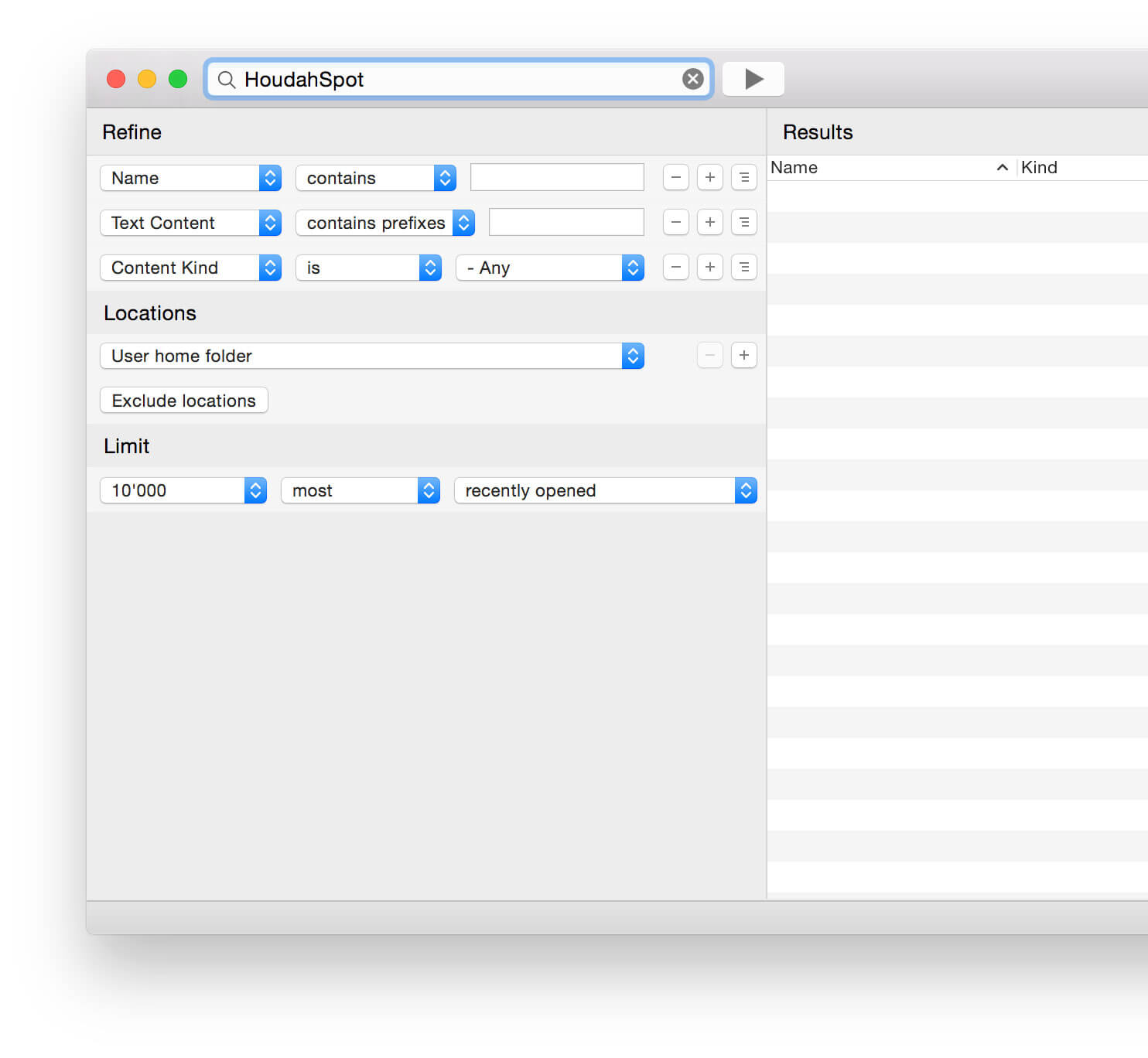If you use Microsoft Excel on your Mac, you can save the spreadsheets you create and open them in Numbers, Apple’s spreadsheet app. It’s a handy feature to use in case you can’t access. Free Excel Spreadsheet For Mac Progr. By Thurstun Beasley on November 12 2018 16:04:39. Financial templates are highly complex and they deal with very large and advanced calculations.
Excel 2016 for Mac brings lots of welcome improvements to the workhorse spreadsheet but also leaves out useful tools.
Pros

Moving to the cloud: Like the other apps in the latest Mac Office suite, Excel 2016 lets you store, sync, and edit files online, via Microsoft's OneDrive cloud storage service. You can also save Excel files to your Dropbox account.
Collaborate: Excel 2016, through OneDrive, lets you share documents with colleagues and collaborate in real time. You can chat online as well, either through a document chat window or through Skype.
Modern design: The redesigned ribbon for the Mac version of Excel borrows the look and feel of its Windows counterpart, presenting tools and formatting options in much the same way as Excel for Windows does. Excel also recommends appropriate charts based on spreadsheet data.
Moving across platforms: Excel 2016 supports many of the Windows keyboard shortcuts and most of the Excel 2013 for Windows functions, which should make it easier to use the tool across platforms. The update also includes an Analysis ToolPak add-in, PivotTable slicers for analyzing data, and an improved formula builder.
Cons
Macro limits: Prior to Office 2016, you could build macros in Excel for Mac. The 2016 edition offers what Microsoft calls a 'simplified' Visual Basic Editor (VBE), which allows you to debug existing macros. But if you want to build new macros, you need to do that on the Windows side or use an earlier Mac version. For those who built macros in preceding Mac editions, this is a big loss.
Bottom Line
Excel 2016 is probably worth the upgrade just based on its ability to take advantage of OneDrive. The new analysis tools and formula builder help keep Microsoft's spreadsheet an essential tool. Hobbling its macros tool, however, diminishes a bit of the attraction for serious users.


More Resources
What do you need to know about free software?
Note: This article has done its job, and will be retiring soon. To prevent 'Page not found' woes, we're removing links we know about. If you've created links to this page, please remove them, and together we'll keep the web connected.
A data form provides a convenient way to enter or display one complete row of information in a range or table. The data form displays all the columns so that you can see all the data for a row at one time. This is especially useful when you have a range or table that has more columns of data than can be viewed on the screen.
Free Excel Type Program For Windows 10
Before you create a data form, you must add labels to the top of each column in the range or table. Excel uses these labels to create fields on the form.
Column labels become field names.
Data that you enter in each field on the form is put in the next blank row.
Important: You can't use a data form to add, change, or delete a formula.
Do any of the following:
Add data by using a data form
In the range or table that you want to add the row to, click any cell.
On the Data menu, click Form.
Click New.
Type the information for the new row.
Press TAB to move to the next field in the form.
When you finish typing data for this row, press RETURN to add the row to the bottom of the list.
When you finish adding rows, click Close to add the last new row and close the data form. You do not have to press RETURN for the last row.
Notes:
Excel automatically adds the row when you move to another record or close the data form.
Cells that contain formulas display the results of the formula and cannot be changed in the data form.
Change data in a row
Excel Type Program For Free
In the range or table that contains the data that you want to change, click any cell.
On the Data menu, click Form.
Click New.
In the data form, click Find Prev or Find Next, or move the scroll bar to find the row that you want to change.
Change the data in the row.
Tip: To move to the next field in the form, press TAB . To move to the previous field, press SHIFT + TAB .
After you change the data, press RETURN to update the row.
Excel automatically moves to the next row.
Tip: Before you press RETURN , you can undo any changes by clicking Restore.
Paint Program For Mac
Delete a row
In the range or table that you want delete a row from, click any cell.
On the Data menu, click Form.
Click New.
In the data form, click Find Prev or Find Next, or move the scroll bar to find the row that you want to delete.
Click Delete.
Caution: Excel prompts you to confirm the operation. You can't undo a row deletion after you confirm it.
Any rows that follow the deleted row shift up.